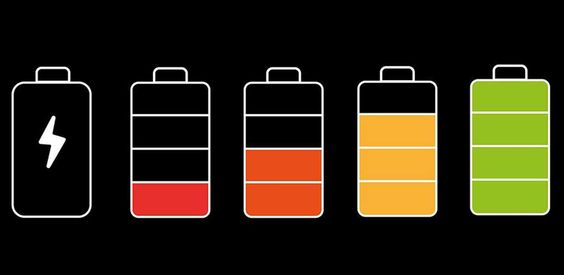When it comes to solar batteries, one important detail to remember is the depth of discharge (DoD). This refers to how much of a battery’s capacity is actually used, and is vital for proper performance. Most solar batteries are designed to have a certain amount of charge at all times, so using more than this will significantly reduce the life of the battery. The higher the DoD, the more of the battery’s capacity will be utilized.
A solar battery works by collecting sunlight through its photovoltaic cells. This then causes electrons to move along semi-conductors, into the battery. Because there is no gas produced during the process, solar batteries are ideal for use in enclosed spaces, and require minimal maintenance. There are several factors to consider when choosing a solar battery for your home. Ideally, you should purchase a battery that is large enough to power your home for several days at a time.
A solar battery can be used to store surplus solar energy and relieve the demands placed on the electrical grid. They are useful for both grid-connected and off-grid applications. There are several different types of batteries available, each designed for a specific purpose. You should also consider cycle life, cost, and maintenance when choosing a solar battery.
Lead acid batteries are the cheapest option for solar installations, but lead acid batteries aren’t as efficient as lithium batteries. But they are also cheaper and lighter, and they require less maintenance than lithium batteries. Lithium-iron batteries are the most efficient and have higher discharge rates than lead acid batteries. The main drawbacks of lead acid batteries are that they don’t run as long as lithium batteries.
Parallel installation of solar batteries adds extra capacity to the solar panel system. A battery connected in parallel will have a higher voltage than one connected in series. This makes the system more reliable when there is shade in the system. Parallel installation also increases the battery’s amperage capacity. This is essential when the system requires a larger amount of solar power. You’ll need an inverter to convert the solar power into 120 volts.
A solar battery can be charged with solar power or grid power. It is important to know how much battery power you need to power your home. A solar battery bank has the capacity to supply a typical US household for 6-7 hours during peak sunlight hours. The maximum capacity of a solar battery is about 10 kWh. To power your entire home off solar power, you will need three solar batteries.
There are several different types of solar batteries. There are deep cycle, AGM, and conventional lead acid batteries. For a standalone solar system, a 12-volt AGM battery is usually the best choice. The main advantage of a deep-cycle solar battery is its ability to store a large amount of energy. You’ll also need to choose a battery whose voltage matches the voltage of your solar system. Batteries with higher voltages will wear down faster than those with lower voltages.
A solar calculator will give you a rough idea of the amount of power you will need to charge your solar system. It will also help you determine the number of batteries you need. You will also need to consider the weather conditions. The darkest days during winter will greatly reduce the amount of solar power you can produce. For this reason, you will want to consider adding extra panels and batteries to your solar system.
When choosing a battery, keep in mind that the battery’s round-trip efficiency is important. This tells you how much energy the battery can store and how easily it can be recharged. A battery that is 8 percent efficient will yield approximately four kWh of useful electricity. A battery with higher round-trip efficiency will have more economic value in the long run.


